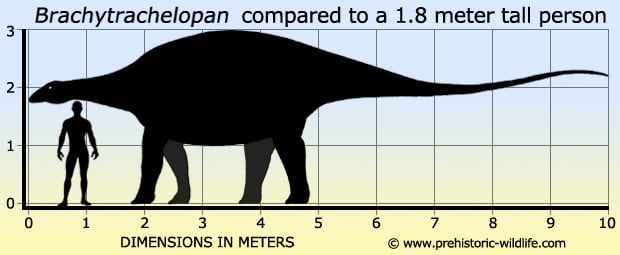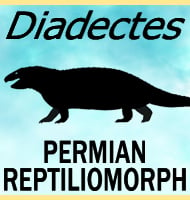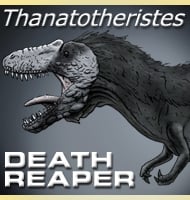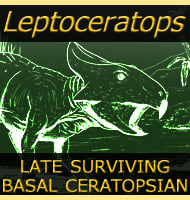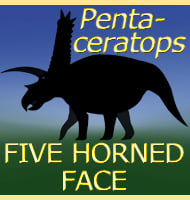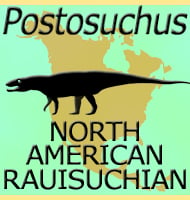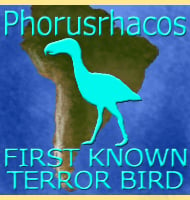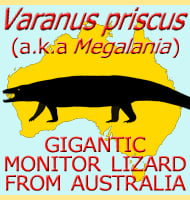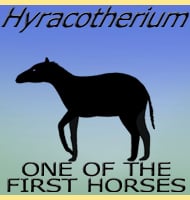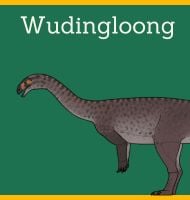In Depth
Dicraeosaurid sauropods (as typified by Dicraeosaurus) are noted for having proportionately shorter necks, but even out of all these Brachytrachelopan has the shortest. This is in stark contrast to other sauropod types in other parts of the world such as Mamenchisaurus and Sauroposiedon which all show a progression towards a longer neck specialisation. The key explanation for the short neck of Brachytrachelopan is that it must have evolved to fill a niche in the late Jurassic ecosystems of South America that was not being filled by other dinosaurs. Specifically ornithopod dinosaurs such as Iguanodon that are were common in other parts of the world during the end of the Jurassic are largely unknown from South America, and it may have been their absence that allowed short necked dicraeosaurids like Brachytrachelopan to thrive. Therefore the short length of the neck suggests that Brachytrachelopan would have specialised in low to medium height vegetation.
Although the type specimen remains are only those of a partial skeleton, palaeontologists have estimated the length of Brachytrachelopan to be towards ten meters. Additionally the fusion evident in the fossil remains indicates that this was a fully grown individual. The skeletal remains were also found articulated which means they are in the same arrangement that they would have been in life, something which helps to establish the short proportions of the neck. Unfortunately the remains were found already exposed and it’s quite possible that there was once more to this specimen but with the additional remains being lost to erosion. Perhaps the most interesting area which is still missing is the skull as without this it is impossible to infer any specific dietary preference which may be connected to the short neck.
The remains of Brachytrachelopan were discovered by Daniel Mesa, a local shepherd, and the type species name of B. mesai is in honour of him. Also because the remains were discovered by a shepherd it gave the inspiration for the genus name ending with ‘pan’ which is actually a reference to the god figure of Pan, who in in Greek mythology was often depicted as being the patron deity of shepherd’s. The first part of the genus name translates as ‘short necked’ so that the full meaning of the name is ‘short necked Pan’.
Further Reading
– Discovery of a short-necked sauropod dinosaur from the Late Jurassic period of Patagonia – O. W. M. Rauhut, K. Remes, R. Fechner, G. Cladera & P. Puerta – 2005.
